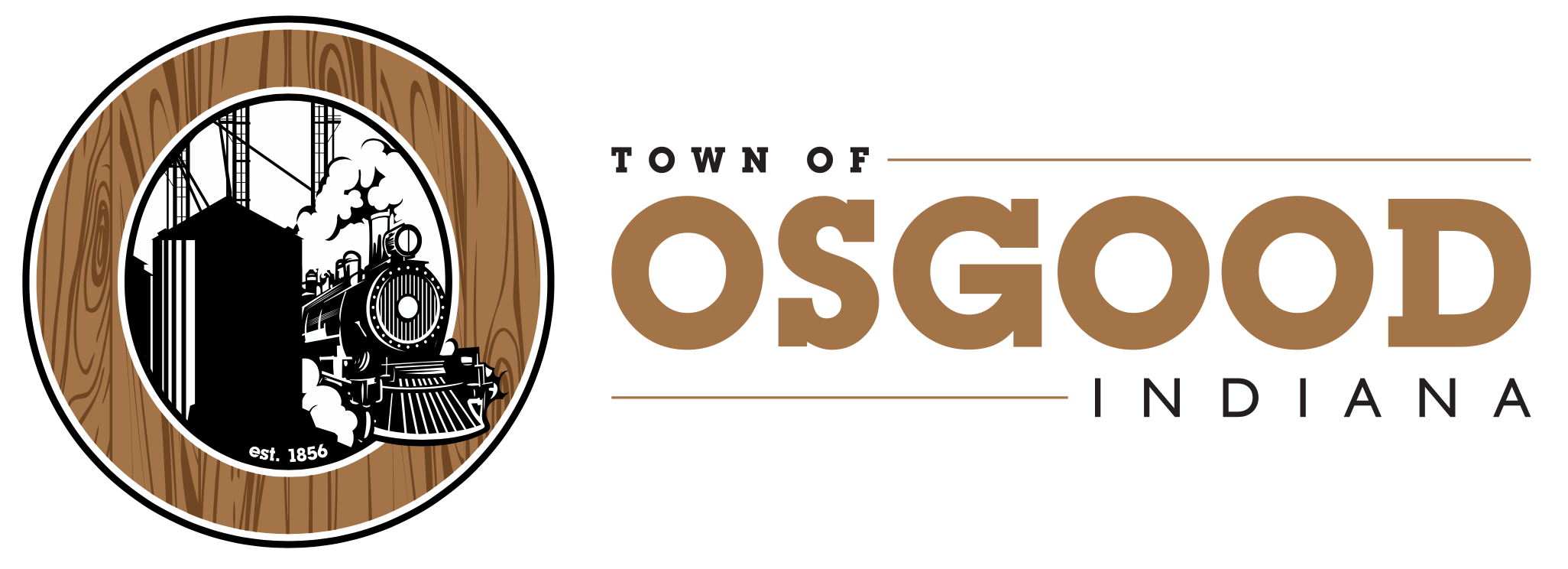
OSGOOD WATERWORKS WATER QUALITY REPORT FOR 2023:
Osgood’s drinking water met or exceeded the strict standards set by the State and the U.S. Environmental Protection Agency. The Osgood Waterworks works hard to make sure the water you drink is of the highest quality. This annual report, which covers all of 2023, describes the quality of our drinking water, where it comes from and where you can get more information. The source of Osgood’s Drinking Water is Laughery Creek located on the east end of town and the quarry ponds. All drinking water, including bottled water, may reasonably be expected to contain at least trace amounts of some contaminants. The presence of contaminants does not necessarily indicate that the drinking water poses a health risk to the public. More information about contaminants and potential health effects can be obtained by calling the U.S. Environmental Protection Agency’s Safe Drinking Water Hotline (1-800-426-4791). Generally, sources of drinking water include rivers, lakes, streams, natural springs, and wells. As water travels over the surface of the land or under the ground, it dissolves naturally-occurring minerals and radioactive material along its route. It also picks up substances left by animal or human activity as it travels to its destination. For instance, microbial contaminants may come from sewage treatment plants, septic tanks, livestock operations and wildlife. Pesticides and herbicides come from agricultural runoff and excess residential use. Other contaminants come from the urban runoff, such as petroleum products, mining and industrial wastewater. Radioactive materials can occur naturally or can come from oil and gas production and mining. For more information about Osgood’s drinking water, please call Anthony Wood. (812-689-4324)
Some people may be more susceptible to the effects of contaminants in drinking water than the general population. Immuno-compromised persons, such as persons with cancer undergoing chemotherapy, persons who have undergone organ transplants, people with HIV/AIDS or other immune system disorders, some elderly and infants can be particularly at risk from infections. These people should seek advice about drinking water from their health care providers. EPA/CDC guidelines on appropriate means to lessen the risk of infection by Cryptosporidium and other microbial contaminants are available from the Safe Drinking Water Hotline. (1-800-426-4791). The quality of Osgood’s water is governed by the Safe Drinking Water Act. The U.S. Environmental Protection Agency and the State of Indiana implement this very important law. It requires all of the nation’s water suppliers to meet certain drinking water standard and to monitor the water routinely. If our water ever violates one of these standards or the department ever fails to report water quality data to the state, we will alert you promptly and tell you what steps to take to ensure your safety. The Safe Drinking Water Act was passed by the U.S. Congress in 1974, and it was updated as recently as 1996. Help us to protect our source water by carefully follow instructions on pesticides and herbicides you use for your lawn and garden care, and properly dispose of household chemicals, paints and waste oil.
Pertaining to lead in drinking water, if present, elevated levels of lead can cause serious health problems, especially for pregnant women and young children. Lead in drinking water is primarily from materials and components associated with service lines and home plumbing. We cannot control the variety of materials used in plumbing components. When your water has been sitting for several hours, you can minimize the potential for lead exposure by flushing your tap for 30 seconds to 2 minutes before using water for drinking or cooking. If you are concerned about lead in your water, you may wish to have your water tested. Information on lead in drinking water, testing methods, and steps you can take to minimize exposure is available from the Safe Drinking Water Hotline or at https://www.epa.gov/safewater/lead.
Water Department
- Utility Billing
- Utility Rate Schedule
- Consumer Confidence Reports:
